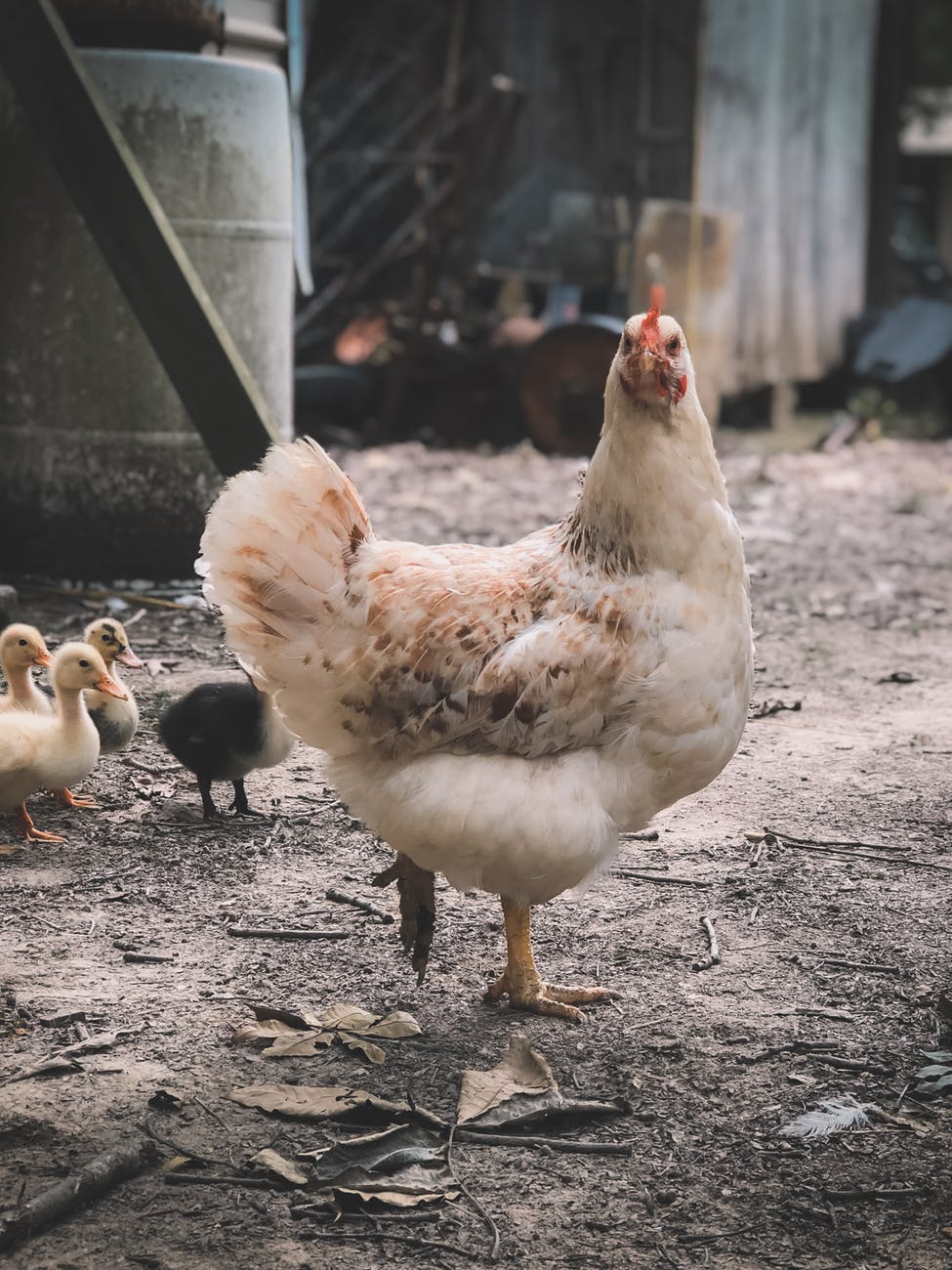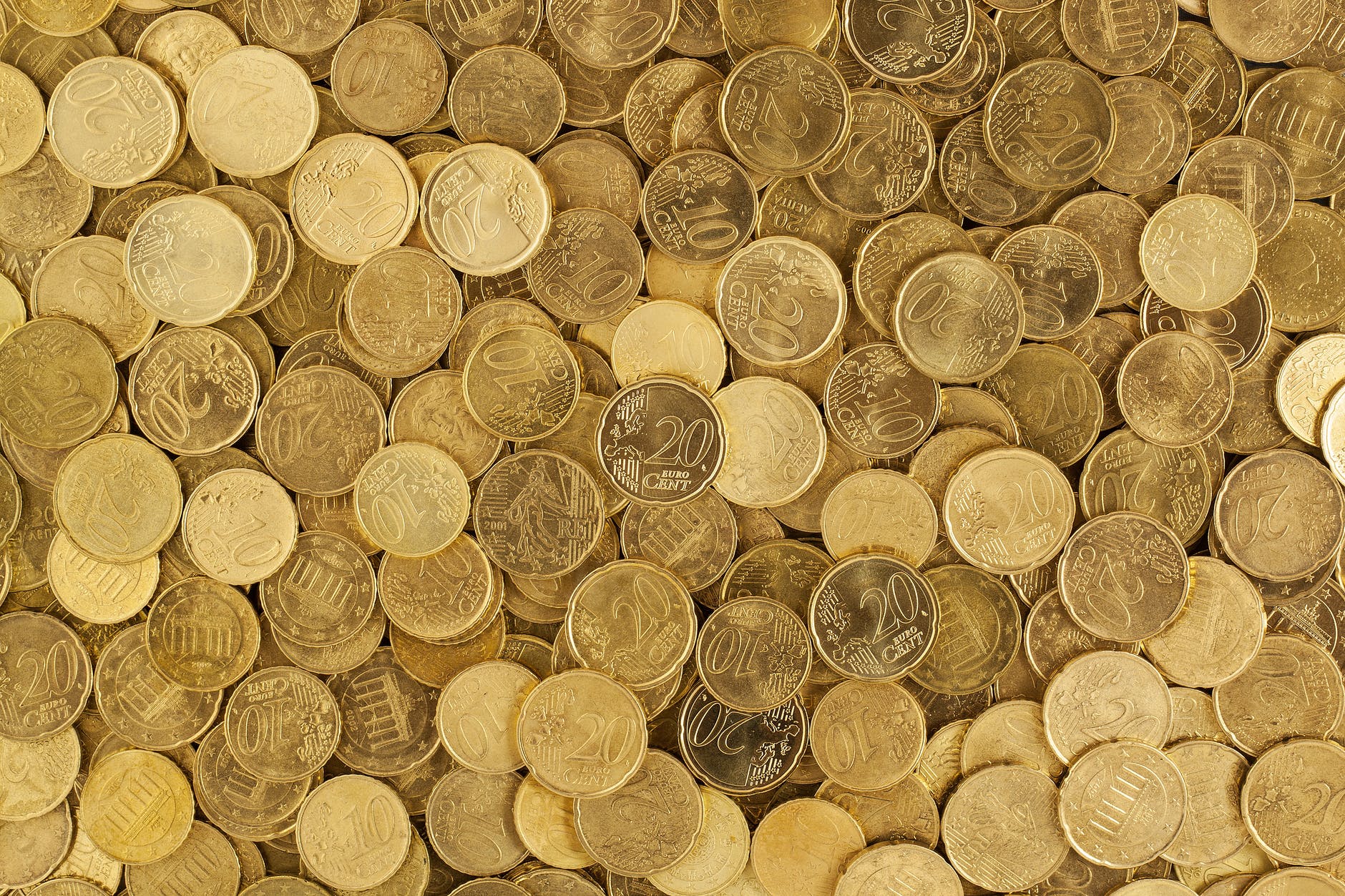Tiers play a strong role throughout K20, and one way this is reflected is in the economics. There will be a point in K20, where your character doesn’t care about gold anymore. You have “enough” and can buy essentially whatever you need. This is strongly influenced by the Economicon, and if you’re familiar, this will be pretty redundant for you.
Economy
In K20, just as in fantasy worlds, historical records, and real life, there are multiple tiers of economies. Just as you may go from favors to cash to credit to stocks, characters in K20 go through a few tiers of economy based on their success and lifestyle.
In general, a few things are true at all tiers.
- Money from the previous tier is basically worthless, and PCs rarely care about it except as a novelty.
- Money from a higher tier is game breaking and will probably allow you to advance your status very quickly until you have entered said tier. (TLDR it will be game breaking-ly good for a bit and let you power level quickly before leveling off).
- Money from a higher tier is dangerous. If you have it, people of the appropriate tier won’t think anything of beating you up and taking it. And you probably cannot stop them.
- There are a few denominations at each tier. For example, copper, silver, gold, and platinum.
- It should be very rare that a character is willing to use items from a higher tier economy is to purchase at a lower. It is impossible to use items from a lower tier to purchase at a higher.
Caloric Economy

Level 0, or NPCs and creatures that have not gotten enough wealth to register on an encounter table. These people get by on sustenance farming and generally do not carry coinage. What good is tying your money up in coin, if it means you do not eat for a week? They keep their money in livestock and crops. PCs should start the game above this tier, but it is included for the same of completeness.
- Standard: Meal
- Units: 1 Calorie, 1 Meal (500 calories), 1 Week (7000 calories), 1 Koku (365,000 calories).
The caloric economy is ruled by the calorie, even though it is too small to really count. Peasants trade with one another for good based on caloric intake, even if they cannot explain it in those terms. The neighbor will give you some eggs, but he will want some goat’s milk in exchange. You know you can get a meal out of 4 eggs, and he can get the same out of a quart of milk. That is probably an even trade. If your goat ran off, he may ask you to harvest the eggs that day, in exchange for your 4.
Note the average peasant tier character is eating two 500 calorie meals per day. This is far below the modern recommended intake, and their physical health reflect this. They cannot afford to go too many days without eating to stockpile goods for a savings. Most live day to day. Characters will want 3-4 peasant meals a day to be happy, and 6-8 if they live an adventuring lifestyle. Peasants are not happy.
In general, peasants should expect to pay 1 Koku per household in taxes to someone each year. Rich peasants may have a stash of copper pieces stored in a hideaway for a rainy day.
Gold Economy

Level 1-5 characters operate on the gold economy. Most merchants fall into this tier, alongside most fledgling adventurers. This tier can assume that they have enough calories for the day, and generally worries about the accumulation of gold. This gold is used to further their lifestyle, and is spent on leisure, reinvested into a business, or used to outfit for war. Adventurers, especially starting ones, have a dire need for weapons, armor, tools, and good. They also have a strong aversion to manual labor and do not want to plow a field to earn those things. As such, they usually take coins for work, and their work is dangerous.
- Standard: Gold
- Units: 1 Copper Coin (1/100gp), 1 Silver Coin (1/10gp), 1 Gold Coin, 1 Platinum Coin (10GP)
The gold economy is a very transactional economy. Merchants use it for their shops, and it is relatively cut and dry. Coins are generally minted to weigh 1/10th of a pound, and a merchant can quickly count them or weigh them to exchange goods. A character who wants something simply buys it, unlike the calorie economy with the awkward risk evaluation and estimation of caloric gains and costs. Things tend to have fixed prices, and purchases are performed quickly at shops.
Broadly speaking, nothing forces mints to press coins into discs of 1/10th a pound, but kingdoms who choose unhelpful shapes or become known for 1/11th pound coins quickly discover that merchants, and people in general, are lazy. Their coins fall out of favor thanks to the inconvenience of using them or are often only worth about half as much as normal coins. That said, nothing stops you from paying for a new sword in acquired silverware and candelabras. It is all gold, and someone could probably melt it down and make coins from it. Just do not expect full value for the hassle. There is also nothing forcing coins to be circular, outside of common practice and communal values. Some older societies may still mint their coins as triangles, hoops, squares, or whatever out of tradition, but broadly speaking, the circular disc has become the standard.
Note, many merchants at this tier are willing to barter with peasant tier characters. This bartering is usually a case of the sick and desperate bargaining with the healthy and educated, and almost never works in favor of the peasant. The merchants will then use the raw goods to restock or help with their business. Jewelers do not usually want chickens, but the tavern may take it for a week’s rent.
In general, characters should expect to pay a tax rate based on their profession. Usually somewhere between 2 and 10 platinum coins annually. Rich characters may invest some of their gold in gemstone jewelry for ornamentation, and because it is a lot easier to hide discreetly than a large pile of gold.
Gemstone Economy

Level 6-10 characters operate on the gemstone economy. Magical merchants and experienced adventurers fall into this category. There reaches a point with a gold-based economy where characters are bringing a train of men with wheelbarrows loaded with platinum into a room to pay for something, and it just becomes unfeasible. Enterprising merchants have turned to the gemstone as their economical object of choice. A small handful of gemstones may be valued at the same as the previously mentioned wheelbarrows and fits in your pocket.
- Standard: Carat
- Units: Classes – see below.
Gemstones are not all the same, and a Class A gemstone is not the same as a Class B, or Class C. Gemstones don’t have unit pricing, and instead are broken down as follows.
| Class A | Class B | Class C |
| Ruby | Turquoise | Amber |
| Emerald | Obsidian | Pearl |
| Diamond | Onyx | |
| Sapphire | Topaz | |
| Jade |
Each gemstone is assigned a carat value which can be determined with an appraise skill check of 15. Any sort of item purchased with gemstones has its price listed in carats for a class A stone. 1 carat of a class A Stone is worth 10 carats of a class B, or 100 of a class C. Of note, this is an abstraction for an RPG. This does not consider gem clarity, cut, luster, color, or any other traits you could care about. One could theoretically add a system where gems are rated from 1-10 on any of the above, and then reduce the carat value by that percentage, but we have found the realism is not worth the bookkeeping.
The gemstone economy is transactional to a degree. Items have prices, and characters buy and sell them, but the main purpose of a gemstone, and indeed the only reason it has value at all (aside from beauty) is that it can be used to channel magic into an item. Magic items are almost exclusively purchased with gemstones, and they are exclusively created with gemstones. Because of this inherent property, and the power of transportable magic, gemstones are highly sought after, and rarely actually used for jewelry except by the very rich. And even then, adventurers will think nothing of breaking into a tomb, prying the gems from your crown, and tossing it to the side, so that they can use the energy to create boots that let them walk on water.
Taxing magical characters is a challenge. They pose a threat to the very nation who may attempt to collect, and there is a good chance they are demanding a tax of their own. Only the boldest, most powerful countries attempt to tax them. Instead, characters should expect nations to ask favors and perform them in return. “I’d love someone to fill that cushy tenured job at my wizarding academy, and if you retrieve the Sword of Amen-Ka from the Iron Shogunate’s Frost Hobgoblins, I’d be willing to give it to you”.
The Essence Economy

Level 11-15 characters operate differently. Magical items are commonplace, and they generally are not a concern. Characters of this level may have so many they have forgotten where they leave them. Characters in the Essence Economy barter with the very foundation of the universe itself.
- Standard: None
- Units: Special – see below.
| Essence | Appearance | Effect |
| Chaos | Somewhere between a formless rainbow and solid gray cube. | Chaos is either possessed or it isn’t. It can be expended but doing so destroys it. Any character in possession of Chaos rolls twice on any percentile checks impacting their character (including those made by the GM). By expending Chaos, they can select a result of their choice from a table (but never a result of “two from the list”). |
| Dreams | Each Dream is stored in its own vial. Dreams appear to be a white cloud with the properties of a liquid. Nightmares tend to be darker shades. | Dreams can be relived, granting the memories of the consumer when inhaled. |
| Rage | Rage is a foul-smelling liquid, filling a 16 oz. bottle and sealed with a cork. | Drinking it grants a permanent point of strength and constitution to the imbiber, but it also grants you an Anger (chosen by the GM). This Anger causes you to fly into an uncontrollable rage, until you have destroyed the object of your Anger, or the person carrying out the act. |
| Peace | Peace cannot be held and manifests itself with a white aura surrounding the owner. | So long as you have peace, you gain a +5 to your wisdom and charisma scores. If you declare War, the bonus is ended, but you gain a permanent +1 bonus to d20 rolls against a specific enemy or group of enemies. |
| Hope | Hope can be found in a vial and is measured by the drop. Hope appears to be milky white with the viscosity of mercury. | If someone has hope, they cannot be affected by spells or abilities with the Fear tag. |
| Fear | Fear is a liquid that is bottled and measured. Each fear looks unique, but is instantly recognizable as not only a fear, but the specific fear. | Raw fear is terrible to consume, and those who do it are at once stricken with a debilitating fear. Refined fear grants an almost inverse fear. When in the presence of the object of dread, the character enters a state of ecstasy. |
| Law | Law is a small, rectangular prism, with perfectly smooth tan sides. | Those who have law immediately know all local laws, for whatever place they happen to be. If law is given away or lost, a local law is erased. If given away, the giver can choose. If lost, it is randomly determined. |
| Good | Good manifests as a radiant halo of light, floating above the character. | Good characters are immune to disease and poison. They can expend their good in order to cure poison or disease in a creature touched. |
| Evil | Evil manifests as a corruption of the flesh. The owner’s skin becomes taunt and pulled, and their orifices radiate a deep purple glow. | Evil characters are immune to negative energy damage. They can expend their Evil to deal 10XHD negative energy damage to target creature touched. |
Each of the Essences works differently and has a different impact on a character, but they also all have one fundamental thing in common. They grant beyond magical powers to whoever possesses them. So long as they are in your possession, your physical nature is altered in ways that cannot be replicated with mere magic.
The second use of Essence is for the casting of Rituals. A form of ancient magic that, when performed properly can alter the fate of nations.
At this level, a kingdom bold enough to demand taxes would be foolish. Many deities will stake a claim to “Dominion over all fear” and make efforts to collect it, but rarely is this in the form of taxes.
The Soul Economy
Level 16-20 characters operate on the Soul economy. There are not merchants at this tier, but rather aspiring deities. Characters participating in the soul economy are driven to collect and expend souls. They generally cannot collect worship and belief, as they do not have a divine rank, but they are working on it. Instead, they collect the souls of the deceased, and gather them for a higher power. Sometimes this manifests itself as establishing churches and leading crusades. Sometimes it is breaking into an infernal vault and stealing the bottled souls trapped within.
- Standard: Soul
- Units: 1 Soul
Souls bartered in this economy can be used to encourage or bribe divine intervention, and as bargaining chips for the Divine beings who require them. Being able to convince a god of water to drain a lake providing sustenance for your enemy kingdom is invaluable and will forever change the nature of the world.
The Divine Economy
This is the realm of divine beings, and not generally for use by players. That said, it is important to include for completion.
All powerful divine beings require two things. 1, worshipers to fuel their miracles, and 2, souls to further increase their divine influence.
There are 111 divine ranks in total spread out among all of creation. Each one requires the expenditure (and annihilation) of souls, along with the death a being with a divine rank, to achieve. These ranks represent a maximum total power for divine beings, and the more ranks the more potent their miracles are. Being that souls are annihilated when a deity ascends to a new divine rank, they generally do not prefer to use their loyal worshipers. That causes 1, a decrease in worshipers, and 2, a sharp decline in the amount of people willing to become worshipers. Instead, deities prefer to use the captured souls of their enemy. It may sound harsh for a god of healing to act this way, at first glance, but their enemies’ souls are generally worshipers who have devoted their entire lives to spreading plague and pestilence, and their continued existence further empowers a deity whose sole purpose is to spread disease. Annihilating these souls, directly reduces the amount of disease in the world. On the alternative, it may seem completely within reason for a deity known as Destroyo the Uncaring to sacrifice his own people to ascend, but remember, doing so weakens him. All but the most insane deities know this and avoid sacrificing their own. The insane who do, generally do not have many followers and fade in power on their own.

One thought on “K20 Economics”